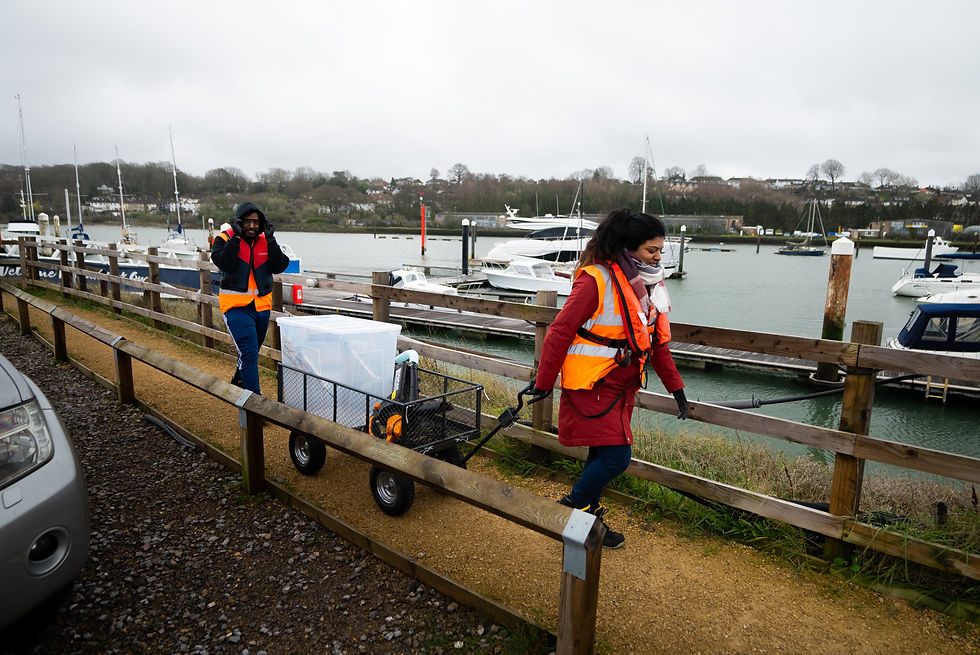Meeting with Working Group & Week 5 Presentations
- Nurdle GDP
- Nov 9, 2022
- 2 min read
By Ellie Winterburn
Meeting with the Working Group:
On Monday, 31st October, we met with the UK & Ireland Spill Association Plastic Pollution Working Group. This included representatives from Oracle Environmental, Oil Spill Response Limited and ITOPF. Some of the members were involved in the clean-up of a nurdle spill in Sri Lanka. This incident occurred when a container ship called the X-press Pearl caught fire and broke up, releasing 1680 tonnes of nurdles into the sea, many of which washed up onto 300km of the Sri Lankan coastline. They told us about the challenges they faced there, such as working as quickly as possible to remove nurdles before they were swept further along the shore. This was made even harder because of their difficulties in getting clean-up equipment through customs and into the country. Some of the equipment, when it did eventually arrive, was much less effective than they had hoped for, which was very disappointing for them. We will therefore use this information to adapt our design to overcome these challenges and to be as practical as possible as well as effective.
Week 5 Presentations:
On Thursday, 3rd November, we presented our progress to peers and academics.

We presented research we had undertaken on the types of shorelines most likely to be affected by nurdle spills. These figures were produced by Amy and included a map showing the shipping routes between the top 10 importers and exporters of nurdles globally and a map showing the locations of shipping incidents that resulted in lost cargo between 2012 and 2022.
Shipping routes between the top 10 importers and exporters of nurdles globally:

Locations of shipping incidents that resulted in lost cargo between 2012 and 2022:

From these figures, we could determine the locations where nurdle spills were most likely to occur. These locations were then plotted on a map that showed the type of shoreline in these areas. From this, we discovered that sandy beaches were most likely affected by nurdles spills, so our clean-up equipment should focus on recovering nurdles from the sand.
Locations where nurdle spills are most likely to occur plotted on a map of type of shoreline:




Comments